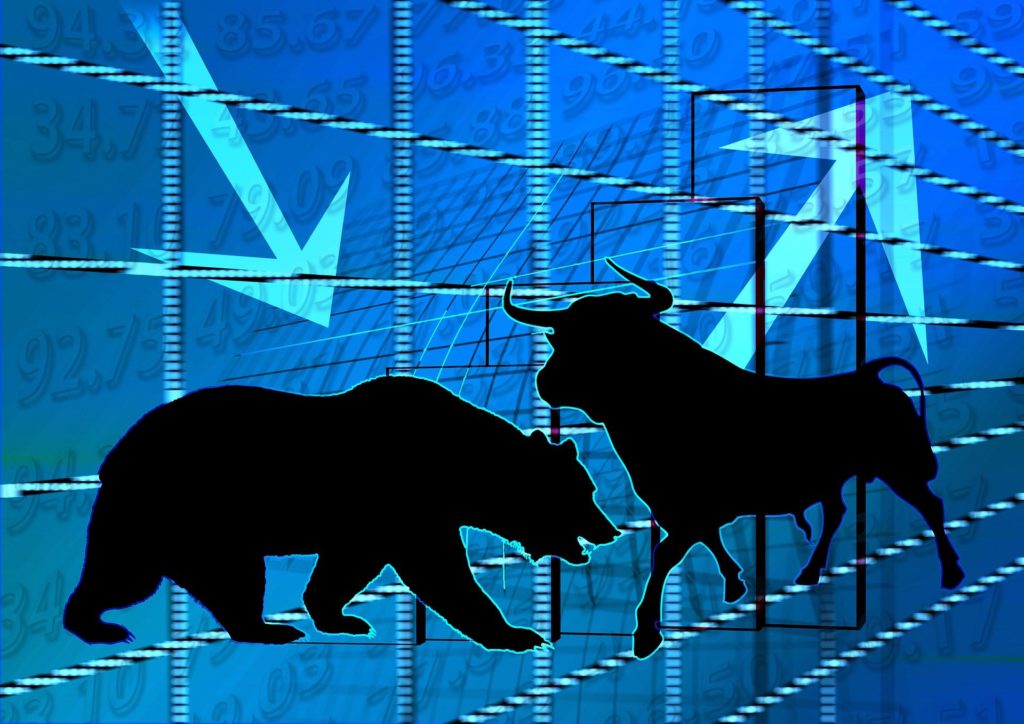At the end of June, the S&P 500 was on track for its worst first six months to a calendar year in 52 years. According to Dow Jones Market Data, the S&P 500 was down 19.9% year-to-date (and down 20.4% from its all-time highs), which would be its worst first half since 1970.Earlier in July, the index ended more than 20% below that early January record, confirming that the pandemic bull market had ended on Jan. 3, marking the start of a bear.The primary reason investors are jittery is that they fear aggressive monetary tightening by the Federal Reserve and that other major central banks could tip the economy into recession.So, what can we expect going forward?The stock market flows in cycles—some up (bull markets) and some down (bear markets). The ups and downs of the market are part of its nature.Data compiled by Dow Jones Market Data shows that the S&P 500 has bounced back after past first-half falls of 15% or more. The sample size, however, is small, with only five instances going back to 1932. The S&P 500 rose in each of those instances, with an average rise of 23.66% and a median rise of 15.25%.While past performance is not always a guarantee of future outcomes, we can learn much from past market movements.Based on the data I see, I believe that the market has been oversold in several key areas and that there will be a subsequent rebound. I don’t think any rebound will be smooth—there is still a lot of fear about the economy that I believe has yet to manifest itself.Overall, I still believe the stock market is a fantastic long-term investment vehicle that is prime for future growth. Ü
Bear Market Terror!
Investing Stocks & The Markets
Signup For Our Newsletter
Signup for our newsletter to stay up to date with the newest financial trends
See How We Can Help You
With a combination of planning, consulting, and investing services, the Sterling team gives you all the resources you need to Plan Your Financial Future.
Get In Touch


